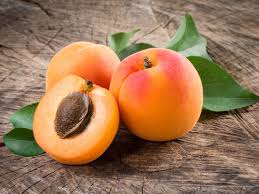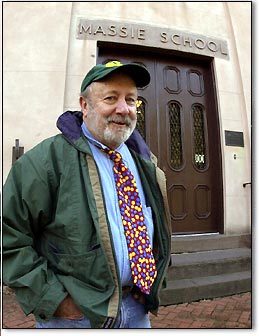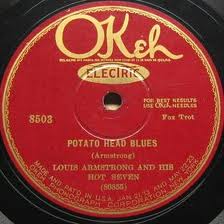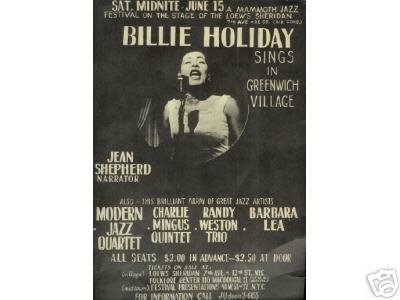
Hod O’Brien and wife, singer Stephanie Nakasian
Pianist Hod O’Brien is a master of melodic improvisations. If you missed his July 2015 gig at Mezzrow with bassist Ray Drummond, the evidence is here.
But here’s the beautiful part. Some jazz musicians keep words at a distance and their expressiveness comes out through the keyboard, the brass tubing, and so on. But Hod has written a pointed, light-hearted memoir that operates the way he plays. His words seem simple, his constructions are never ornate, but he gets to the heart of things and leaves the reader enlightened, renewed.

The first thing to say about this book is how pleased I am to read a book by someone who, like Hod, has been an active part of jazz for six decades. It’s not “as told to,” nor is it embellished by a jazz scholar as a posthumous tribute. Here is part of Hod’s preface, which reveals much about his character:
“This book is not intended to be a strictly biographical text, but, rather a collection of funny, little incidents and stories I’ve witnessed and heard along my way, on my path as a freelance jazz musician over the past 60 years of my professional life.
It’s intended mostly for fans of mine, whomever and wherever you all are, and fellow musicians, who might be interested in hearing a little bit more about me from another perspective, rather than from just my music and recordings alone. . . . The jazz community is a small, but hip part of the world, of which I’m happy and proud to be a member, and to whom I wish to express my deep gratitude — to those of you in it and interested in my work.”
I was immediately struck by Hod’s self-description as “happy and proud,” and the book bears him out. “Proud” doesn’t mean immodest — in fact, Hod constantly seems delighted and amazed at the musicians he’s gotten to play with, but his happiness is a great and reassuring undercurrent in the book. (When was the last time you met someone deeply nourished by his or her work? Hod is that person.)
His book moves quickly: at the start he is a child picking out one-finger melodies on the piano, learning boogie-woogie, hearing JATP and bebop recordings; a few pages later it is 1955 and he filling in for Randy Weston at a gig in Massachusetts, hearing Pepper Adams, getting threatened by Charles Mingus, meeting and playing with Zoot Sims and Bob Brookmeyer. Oscar Pettiford (called “Pet” by Thad Jones) gets a longer portrait. The O.P. portrait is so good that I won’t spoil it, but it has cameo appearances by Bill Evans and Paul Chambers, Chet Baker, and Philly Joe Jones. In case you are realizing that Hod has managed to play with or hear or meet many jazz luminaries in the past sixty years, that alone is reason to buy the book. There’s J.R. Monterose and a defective piano, a compromised Wilbur Ware, friendliness from Max Roach and Arthur Taylor.
The book (and Hod’s life) takes a surprising turn with Hod losing interest in his jazz career, studying with Charles Wuorinen, and delving into physics, higher mathematics, and early computer programming. But a reunion with his old friend Roswell Rudd moves him back to performance and the club scene.
Interruption: for those of you who can only read about doomed heroic figures, victims, or the chronically self-destructive, this is not such a book. Hod has setbacks but makes friends and makes music; he marries the fine singer Stephanie Nakasian, and they remain happily married, with a singer in the family, daughter Veronica Swift (born in 1994) — who just won second place in the Thelonious Monk jazz competition. Now back to our regularly scheduled narrative.
Hod’s experiences as a clubowner are somewhere between surreal, hilarious, and sad — but his reminiscences of Sonny Greer (and a birthday gift), Joe Puma, Chuck Wayne, Al Haig, Stan Getz, and the little East Side club called Gregory’s (which I remember although I didn’t see Hod there). There’s Hod’s playing a set with Dizzy, Ornette, Ed Blackwell, and Teddy Kotick . . . and much more, including more than fifty photographs, a discography, and a list of Hod’s compositions: very nicely done at 122 pages.
You can buy it here — and you can also find out more about Hod . . . such as his return to Mezzrow on March 18-19, 2016. But until then, you can entertain yourself with a copy of HAVE PIANO . . . WILL SWING! — a book that surely lives up to its title.
May your happiness increase!









